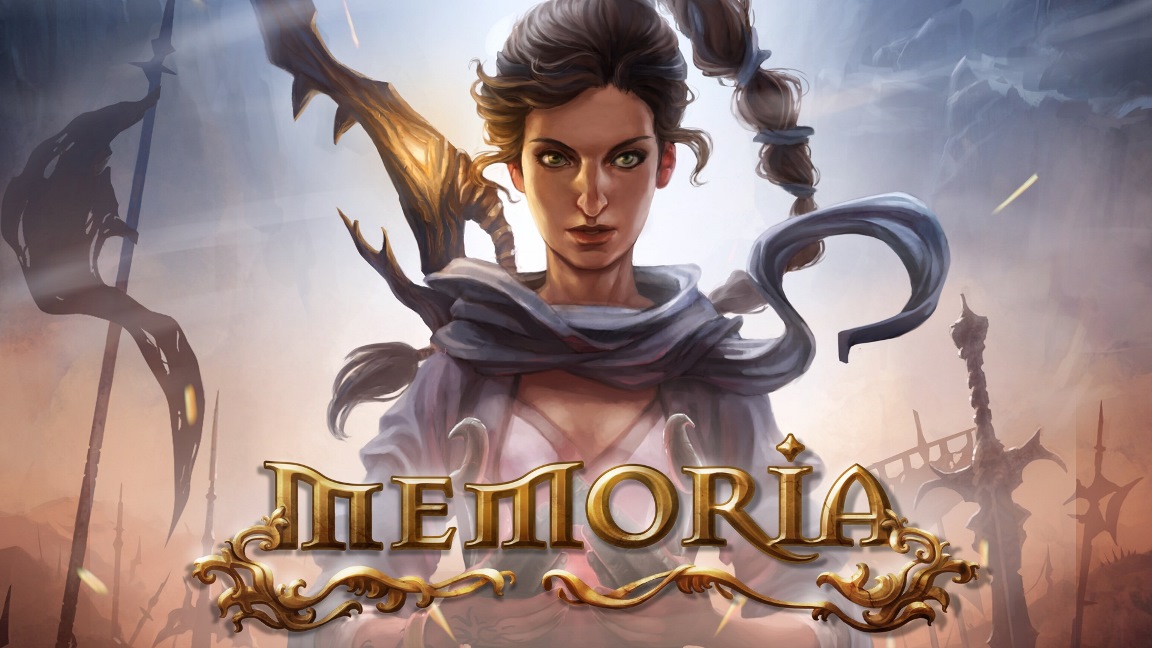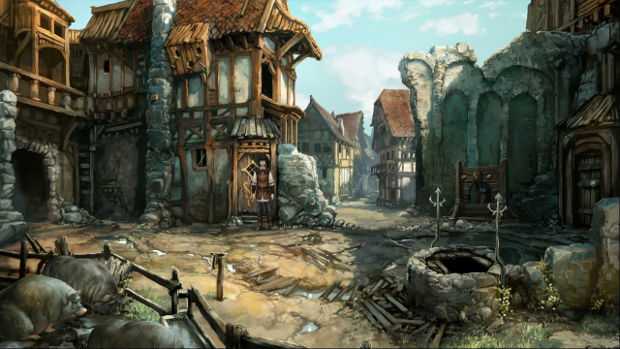
Characters and their animations are a little more haphazard, but the overall effect is to draw you further into the game. The environments in particular are lovingly authored, like Bob Ross took time out to do some Dungeons & Dragons illustrations. It’s ambitious and creates some of the game’s most memorable moments, but it’s also liable to feature abstract situations that become blooming hard to figure out.Īs with The Dark Eye: Curse of Satinav, this is a beautiful game, possibly the most attractive point-and-click game that we’ve played. Sadja’s story is occasionally bewildering, stirring in gods, other timelines and various factions from across The Dark Eye’s world (the game is set in an established RPG universe that has given us video games like Blackguards, and multiple table-top games). He’s a plucky underdog, a hero whose heroism never gets recognised by anyone else, and the relationships he forms are more satisfying, particularly with his fairy partner Nuri and a magical adept named Bryda. If there was a favourite, it would probably be Geron’s – perhaps surprisingly, as it’s the most conventional.

The world and its two parallel stories are The Dark Eye: Memoria’s jewels in the crown. Periodically, you jump into the shoes of Sadja, a princess on the way to – perhaps – solving the riddle, as Geron sees these sections as ‘visions’ that might help him solve it too. This is where The Dark Eye: Memoria begins to show more ambition than its predecessor, as you take control of another character from a bygone era.

It wouldn’t be an adventure if there weren’t multiple hoops for you to jump through, and in this case you need to solve an ancient riddle that only one person has ever come close to solving. You start the game in Andergast, approaching a Tulamede wanderer who may have the power to undo that thing that happened at that time in that place. Solve puzzles and you’ll move onward towards your goal.

You’ll gather items in your inventory as you play, and those items can be poked and prodded into other items in the inventory or environment. There are changes in bringing it to console, as you move your character with the analogue stick anything interactive is highlighted with a ghostly little circle, and you can cycle through those interactive elements with the RB button.

There’s no Lair of the Clockwork God-style subversion here, as this is a straight-up graphic adventure ported from a 2013 PC cult classic. As with the first game, The Dark Eye: Memoria is a traditional point-and-click adventure.


 0 kommentar(er)
0 kommentar(er)
